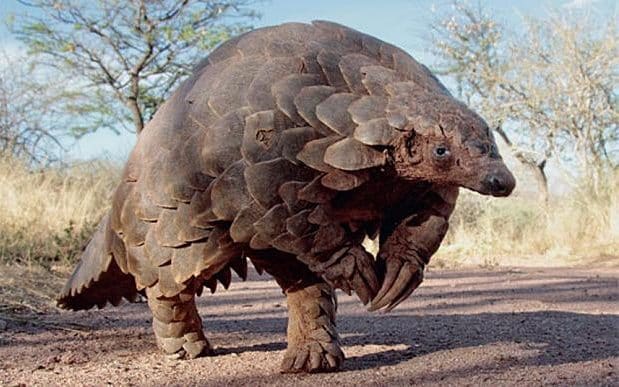
True to my word, the best statistical model, a Thread🧵
As an applied statistician and freelance consultant, I work a LOT with people trying to figure out the best model. Here are things I consider and ask.
As an applied statistician and freelance consultant, I work a LOT with people trying to figure out the best model. Here are things I consider and ask.
https://twitter.com/chelseaparlett/status/1411835531122540547
1. Does the model ACTUALLY answer a question you have?
If you don’t have a question THEN THE BEST INFERENTIAL/PREDICTIVE MODEL IS NO MODEL. Do some EDA first!
Stop doing hypothesis testing if you don’t have a hypothesis to test. ✋
If you don’t have a question THEN THE BEST INFERENTIAL/PREDICTIVE MODEL IS NO MODEL. Do some EDA first!
Stop doing hypothesis testing if you don’t have a hypothesis to test. ✋
2. Is the model realistic?
We love prior predictive checks bc they allow u to generate data based on ur priors😻 but also ask whether ur leaving out important effects, whether the variable u use actually measures what you want, or if linear relationships are realistic…
We love prior predictive checks bc they allow u to generate data based on ur priors😻 but also ask whether ur leaving out important effects, whether the variable u use actually measures what you want, or if linear relationships are realistic…
3. Is your model accessible?
If no one can actually RUN THE ideal MODEL then it’s not so ideal is it!? Software/knowledge/sample size limitations are a real life issue.
We need to educate better, make better packages, and figure out how to make stats help accessible.
If no one can actually RUN THE ideal MODEL then it’s not so ideal is it!? Software/knowledge/sample size limitations are a real life issue.
We need to educate better, make better packages, and figure out how to make stats help accessible.
4. Are your model assumptions appropriate?
All models assume things. Even non-parametric ones. Make sure the ones your model is making are reasonable in your context.
All models assume things. Even non-parametric ones. Make sure the ones your model is making are reasonable in your context.
5. Is this a model you can explain well?
It is not useful to have a fancy model that no one understands. Either learn more about it first or get some help so someone else on your team understands it.
It is not useful to have a fancy model that no one understands. Either learn more about it first or get some help so someone else on your team understands it.
TL;DR the best model is one that
✅answers ur question
✅is realistic
✅can be RUN by you
✅has met assumptions
✅has results you can effectively communicate to others
Also the best model is Hierarchical Bayesian ZOIDBERG (ZOIB if ya nasty) 😇
✅answers ur question
✅is realistic
✅can be RUN by you
✅has met assumptions
✅has results you can effectively communicate to others
Also the best model is Hierarchical Bayesian ZOIDBERG (ZOIB if ya nasty) 😇
• • •
Missing some Tweet in this thread? You can try to
force a refresh








